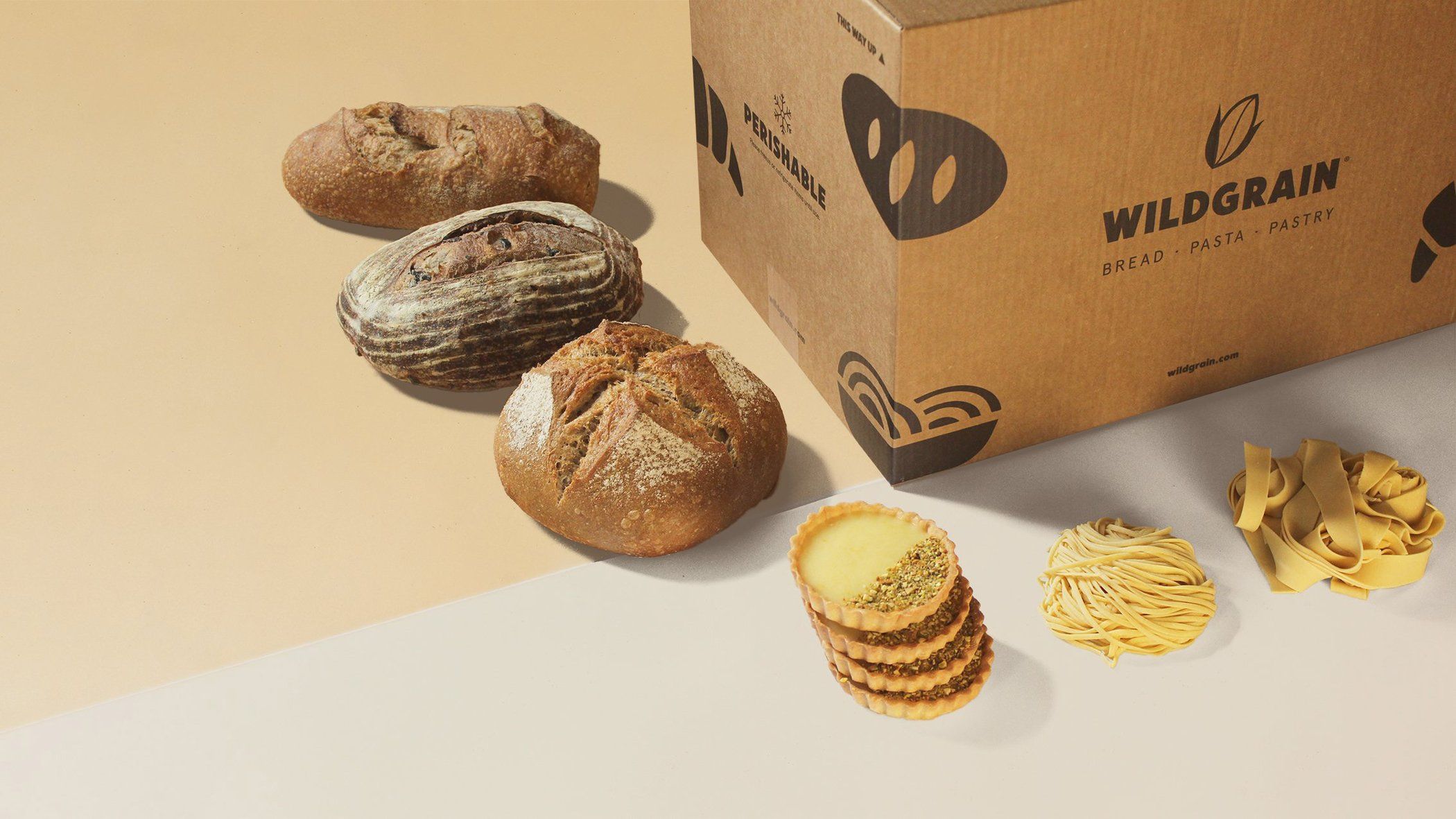
Wildgrain is a fascinating and versatile food that has captured the attention of food enthusiasts and health-conscious individuals alike. This ancient grain, with its rich history and impressive nutritional profile, has become a staple in many modern diets. From its origins to its culinary uses, there are numerous intriguing facts about Wildgrain that shed light on its significance and appeal. In this article, we will delve into 12 captivating facts about Wildgrain, exploring its cultural significance, nutritional benefits, and culinary versatility. Whether you're a seasoned foodie or simply curious about this remarkable grain, these facts will provide valuable insights into the world of Wildgrain and its impact on the culinary landscape. So, let's embark on a journey to uncover the wonders of Wildgrain and gain a deeper appreciation for this extraordinary food.
Key Takeaways:
- Wildgrain is a gluten-free ancient grain packed with nutrients, making it a versatile and sustainable choice for health-conscious individuals and those with gluten sensitivities. It’s a delicious and eco-friendly addition to any diet!
- Wildgrain’s nutty flavor and rich nutritional value make it perfect for a wide range of dishes, from savory meals to baked goods. It’s a plant-based protein source that supports digestive health and offers culinary exploration.
Wildgrain is a versatile food ingredient.
Wildgrain is a versatile and nutritious food ingredient that has gained popularity for its health benefits and culinary flexibility. It is a type of ancient grain that has been cultivated for centuries and is known for its rich flavor and nutritional value.
Wildgrain is packed with essential nutrients.
This ancient grain is packed with essential nutrients such as fiber, protein, vitamins, and minerals, making it a wholesome addition to a balanced diet. Its nutrient-dense profile makes it a popular choice for health-conscious individuals looking to incorporate whole foods into their meals.
Wildgrain is gluten-free.
One of the key attributes of Wildgrain is that it is gluten-free, making it an excellent option for individuals with gluten sensitivities or celiac disease. Its gluten-free nature has contributed to its widespread use in gluten-free diets and recipes.
Wildgrain has a nutty and earthy flavor.
Wildgrain is prized for its distinct nutty and earthy flavor, which adds depth and complexity to a wide range of dishes. Its unique taste makes it a versatile ingredient that can be used in both savory and sweet recipes, enhancing the overall culinary experience.
Wildgrain is a sustainable crop.
The cultivation of Wildgrain promotes sustainable agricultural practices, as it requires minimal water and can thrive in diverse environmental conditions. Its resilience and minimal environmental impact make it an eco-friendly choice for conscientious consumers.
Wildgrain is rich in antioxidants.
This ancient grain is rich in antioxidants, which play a crucial role in supporting overall health and well-being. The presence of antioxidants in Wildgrain contributes to its potential health benefits and makes it a valuable addition to a nutritious diet.
Wildgrain has a low glycemic index.
Wildgrain has a low glycemic index, which means it does not cause rapid spikes in blood sugar levels. This attribute makes it an ideal choice for individuals seeking to manage their blood sugar levels and maintain steady energy throughout the day.
Wildgrain can be used in various culinary applications.
From hearty soups and stews to wholesome salads and flavorful pilafs, Wildgrain can be incorporated into a wide array of culinary creations. Its versatility allows for diverse cooking methods and flavor pairings, making it a favorite among home cooks and professional chefs alike.
Wildgrain is a source of plant-based protein.
As a plant-based protein source, Wildgrain offers a valuable alternative to animal-derived proteins. Its protein content makes it an excellent option for individuals following vegetarian or vegan diets, as well as those looking to diversify their protein sources.
Wildgrain supports digestive health.
The fiber content in Wildgrain supports digestive health by promoting regularity and aiding in the maintenance of a healthy gut microbiome. Incorporating Wildgrain into the diet can contribute to overall digestive wellness and enhance the body's natural detoxification processes.
Wildgrain is a versatile ingredient for baking.
In addition to savory dishes, Wildgrain can be used in baking to create delicious and nutritious bread, muffins, and other baked goods. Its unique texture and nutritional benefits make it a desirable choice for those seeking to elevate the health profile of their baked creations.
Wildgrain is a culturally significant food staple.
Throughout history, Wildgrain has been a culturally significant food staple in various regions around the world. Its enduring presence in traditional cuisines highlights its importance as a cherished and time-honored ingredient.
Wildgrain, with its rich nutritional profile, culinary adaptability, and cultural significance, continues to captivate the palates of food enthusiasts and health-conscious individuals alike. Whether incorporated into savory dishes, baked goods, or plant-based protein options, Wildgrain stands as a testament to the enduring appeal of ancient grains in modern culinary practices. Its gluten-free nature, sustainable cultivation, and versatile applications position it as a valuable addition to diverse dietary preferences and culinary traditions. Embracing the essence of Wildgrain opens up a world of culinary exploration and nutritional abundance, inviting individuals to savor the wholesome goodness of this ancient grain.
Conclusion
In conclusion, Wildgrain is a versatile and nutritious ingredient that offers a wide range of health benefits and culinary possibilities. From its rich nutrient profile to its diverse culinary applications, Wildgrain stands out as a valuable addition to any diet. Whether you're looking to boost your fiber intake, experiment with new flavors, or simply add a wholesome touch to your meals, Wildgrain is a fantastic choice. By incorporating this ancient grain into your cooking, you can elevate both the nutritional value and the taste of your dishes, all while embracing a time-honored tradition that has stood the test of time.
FAQs
What are the nutritional benefits of Wildgrain?
Wildgrain is packed with essential nutrients, including fiber, protein, and various vitamins and minerals. It's a great source of dietary fiber, which supports digestive health and helps maintain a feeling of fullness.
How can I incorporate Wildgrain into my diet?
There are numerous ways to enjoy Wildgrain, such as using it in soups, salads, or as a side dish. You can also incorporate it into baked goods, like bread or muffins, for a nutritious twist on traditional recipes.
Was this page helpful?
Our commitment to delivering trustworthy and engaging content is at the heart of what we do. Each fact on our site is contributed by real users like you, bringing a wealth of diverse insights and information. To ensure the highest standards of accuracy and reliability, our dedicated editors meticulously review each submission. This process guarantees that the facts we share are not only fascinating but also credible. Trust in our commitment to quality and authenticity as you explore and learn with us.


